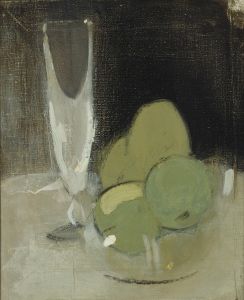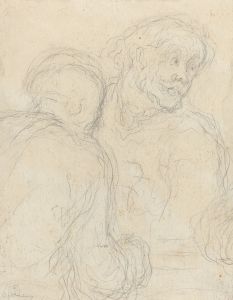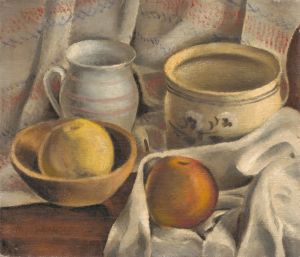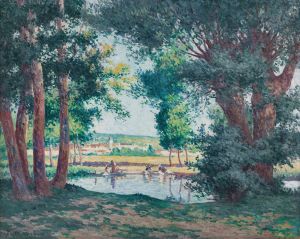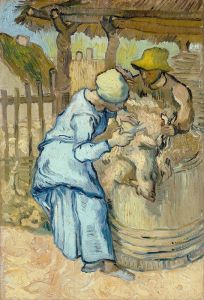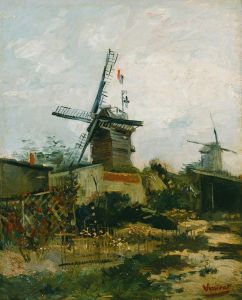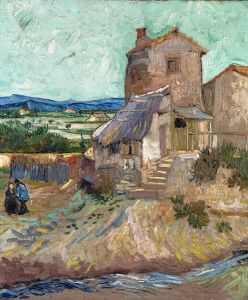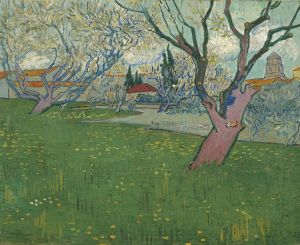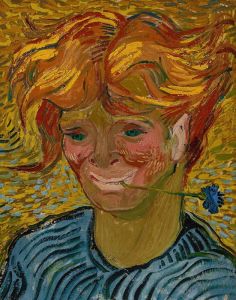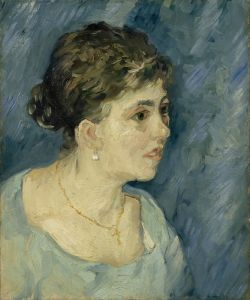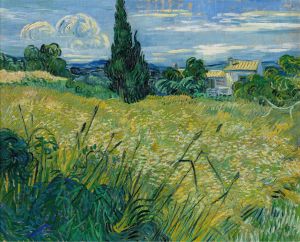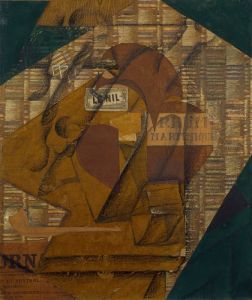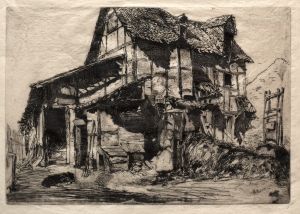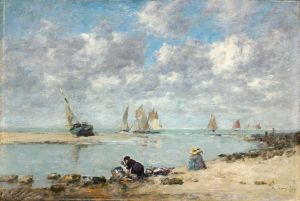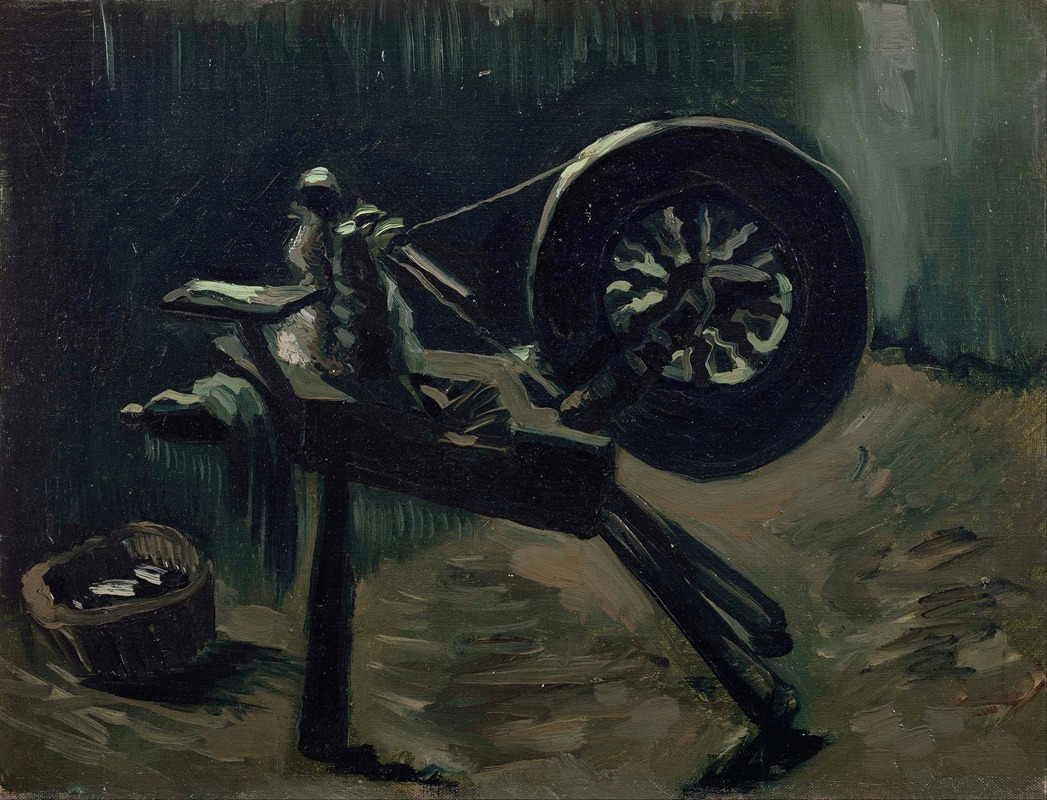
Bobbin winder
A hand-painted replica of Vincent van Gogh’s masterpiece Bobbin winder, meticulously crafted by professional artists to capture the true essence of the original. Each piece is created with museum-quality canvas and rare mineral pigments, carefully painted by experienced artists with delicate brushstrokes and rich, layered colors to perfectly recreate the texture of the original artwork. Unlike machine-printed reproductions, this hand-painted version brings the painting to life, infused with the artist’s emotions and skill in every stroke. Whether for personal collection or home decoration, it instantly elevates the artistic atmosphere of any space.
Vincent van Gogh, a Dutch post-impressionist painter, is renowned for his vivid use of color and expressive brushwork. However, not all of his works are as widely recognized as "Starry Night" or "Sunflowers." One of his lesser-known works is "Bobbin Winder," which reflects his early artistic endeavors and his interest in depicting the everyday life of the working class.
"Bobbin Winder" was created during Van Gogh's time in the Netherlands, a period when he was deeply influenced by the Realist movement and artists like Jean-François Millet. This period, often referred to as his Dutch phase, lasted from 1880 to 1885. During this time, Van Gogh focused on capturing the lives of peasants and laborers, emphasizing their connection to the land and their daily toil.
The painting "Bobbin Winder" depicts a woman engaged in the task of winding bobbins, an essential activity in the textile industry. This subject matter aligns with Van Gogh's interest in portraying the dignity and hardship of rural and working-class life. The composition is simple yet effective, highlighting the woman's concentration and the repetitive nature of her work. The subdued color palette, dominated by earthy tones, is characteristic of Van Gogh's early works, before he adopted the brighter colors that would later define his style.
Van Gogh's choice of subject matter in "Bobbin Winder" reflects his admiration for the working class and his desire to bring attention to their often-overlooked contributions to society. This painting, like many of his works from this period, is marked by a sense of empathy and respect for the subject. Van Gogh's ability to convey the emotional depth of everyday scenes is evident in the way he captures the quiet dignity of the woman at work.
During his Dutch period, Van Gogh was also influenced by his religious upbringing and his time spent as a missionary in the Borinage, a coal-mining region in Belgium. His experiences there deepened his understanding of the struggles faced by laborers, and this empathy is reflected in his art. "Bobbin Winder" can be seen as part of this broader narrative, where Van Gogh sought to give voice to the marginalized and to depict their lives with honesty and compassion.
The painting is also an example of Van Gogh's evolving technique. While it lacks the vibrant colors and dynamic brushstrokes of his later works, it demonstrates his keen observational skills and his ability to convey mood and atmosphere through composition and tone. The attention to detail in the woman's posture and the surrounding environment speaks to Van Gogh's dedication to realism and his commitment to capturing the essence of his subjects.
"Bobbin Winder" is a testament to Van Gogh's early artistic vision and his commitment to portraying the human condition. Although it may not be as famous as some of his other works, it provides valuable insight into the themes and techniques that would continue to evolve throughout his career. This painting, along with others from his Dutch period, lays the foundation for the more experimental and expressive works that would follow, marking Van Gogh's journey from a realist observer to a pioneering figure in the post-impressionist movement.





